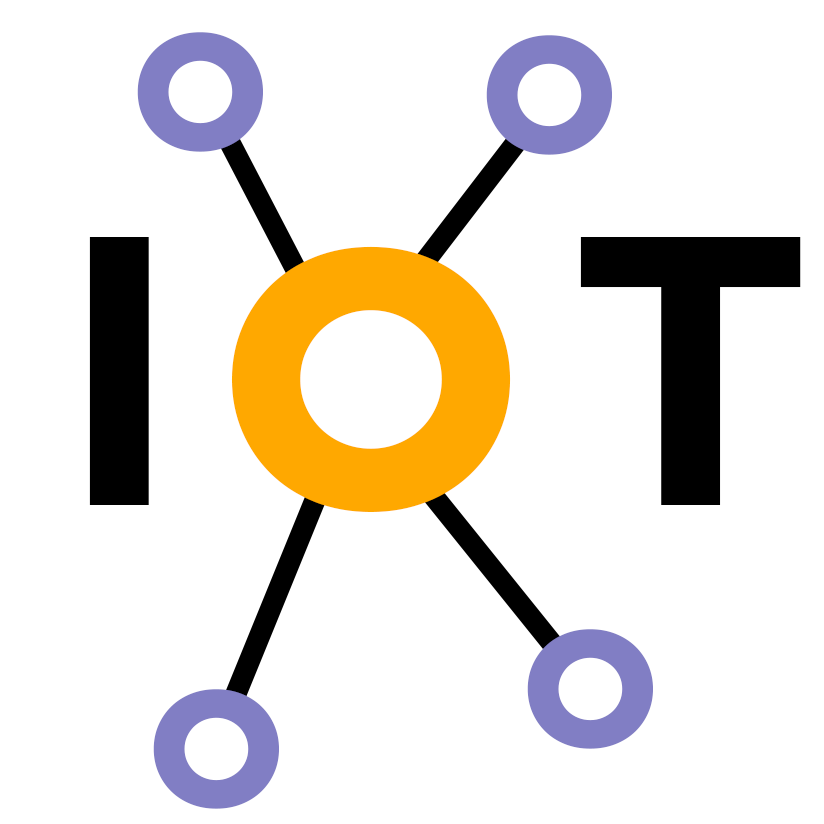This topic does not exist yet
You've followed a link to a topic that doesn't exist yet. If permissions allow, you may create it by clicking on “Create this page”.
You've followed a link to a topic that doesn't exist yet. If permissions allow, you may create it by clicking on “Create this page”.
